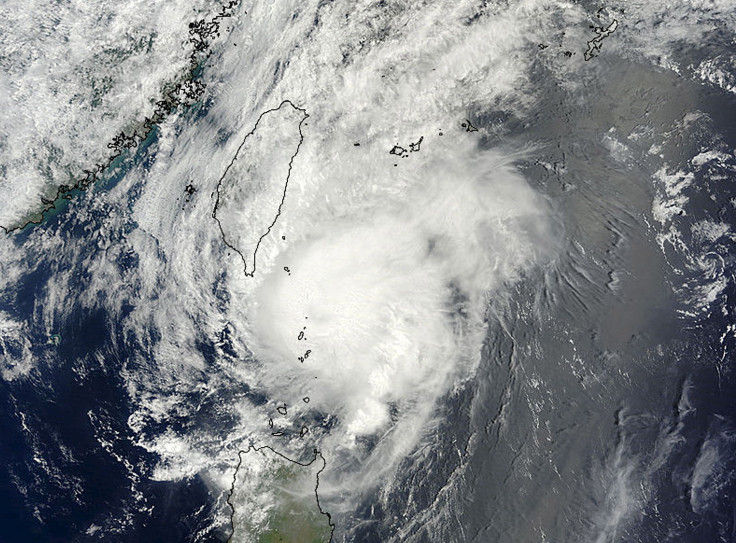Australia Upgrades Weather System With $77M Supercomputer For More Accurate, Faster Forecasts

The Australian Bureau of Meteorology, or BOM, announced a plan to upgrade its weather system to a new supercomputer with 16 times speed and capacity than the current system. The BOM has signed a $77-million contract with the US-based supercomputer manufacturer, Cray Inc., for the system upgrade to provide the latest super-computer, aiming to deliver better and more accurate forecasts.
In a press release, Minister for the Environment Greg Hunt announced on Tuesday the signing of a US$59 million or AU$77 million contract with global supercomputer leader Cray Inc. to replace the bureau’s current weather system, Sun Microsystems machine, with a new supercomputer.
BOM confirmed that the new supercomputer, called Cray XC-40, will be funded to improve the bureau's ability to provide forecasts and weather warnings. Hunt said that the machine can deliver about 16 times the capacity the computing power of the existing model. The supercomputer is expected boost the bureau's accuracy.
Cray, a pioneering super-computing firm that was established in the United States in 1972, built BOM's eight super-computers since 1988. Hence, the Cray XC-40 is the ninth supercomputer to be commissioned by the bureau from the company, and expected to be running in mid-2016.
The bureau aims to enhance the weather forecasts and warnings across the country to give emergency services and the public more time to prepare. The new Cray system, according to the release, will enable multiple forecasts for the bureau, which will allow forecasters to deliver more accurate and faster local weather updates, warnings on severe thunderstorms, provide advice on rainfall location, wind changes in bushfire emergencies.
“Every summer we see how vital Bureau services are in warning of weather associated with bushfires, thunderstorms, tropical cyclones, flooding, rain, and dangerous winds … this will enable the bureau to issue forecasts and warnings more often, and with greater certainty and precision than ever before, giving the community and emergency services unprecedented information, particularly prior to and during severe and extreme weather,” Hunt stated.
The minister added that the supercomputer will help the bureau to put up a larger capacity for more data than the current weather system, and provide further resolution for the Australian public. The supercomputer, according to Cray Inc., will run on a Linux-based operating system, purposely designed to run large, complex applications and scale efficiently to more than 500,000 processor cores. The manufacturing company will also provide the IT hardware required for the super-computer that will be placed in a new BOM data centre in Melbourne.
In the past week, parts of eastern Australia experienced the coldest temperature. The eastern states of Queensland and New South Wales, known for its sun-drenched beaches, experienced heavy snowfall after more than 40 years, while Sydney experienced the coldest temperature recorded since 1971.
To contact the writer, email: darwin.malicdem@ibtimes.tunemedia.biz




















